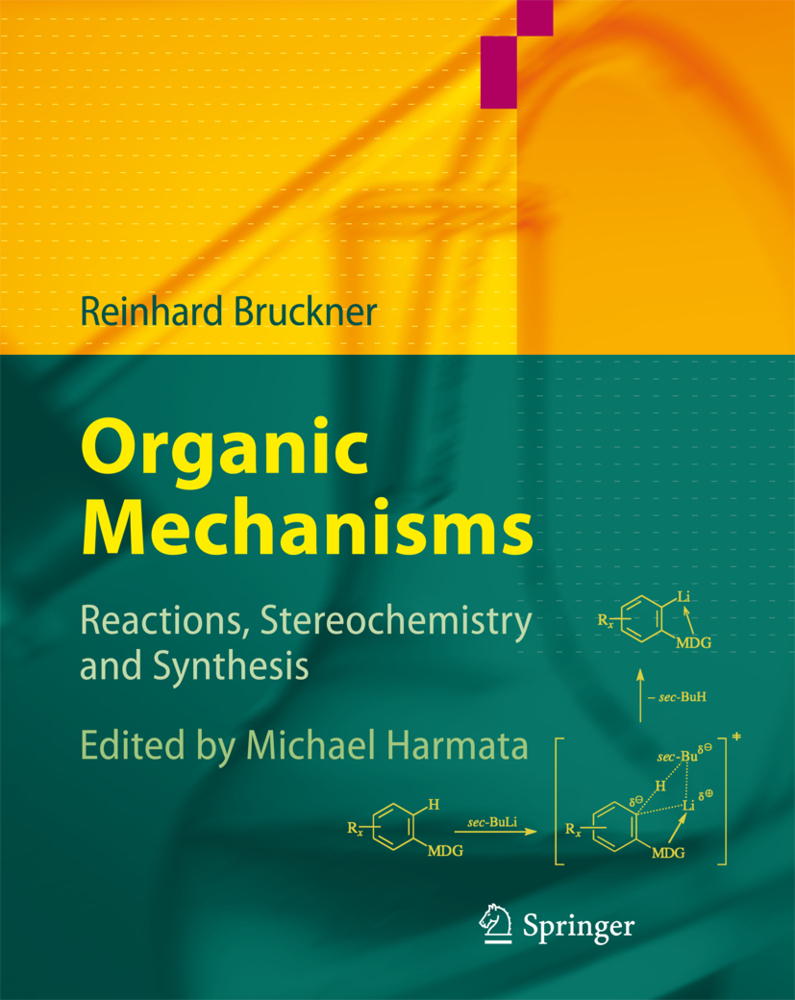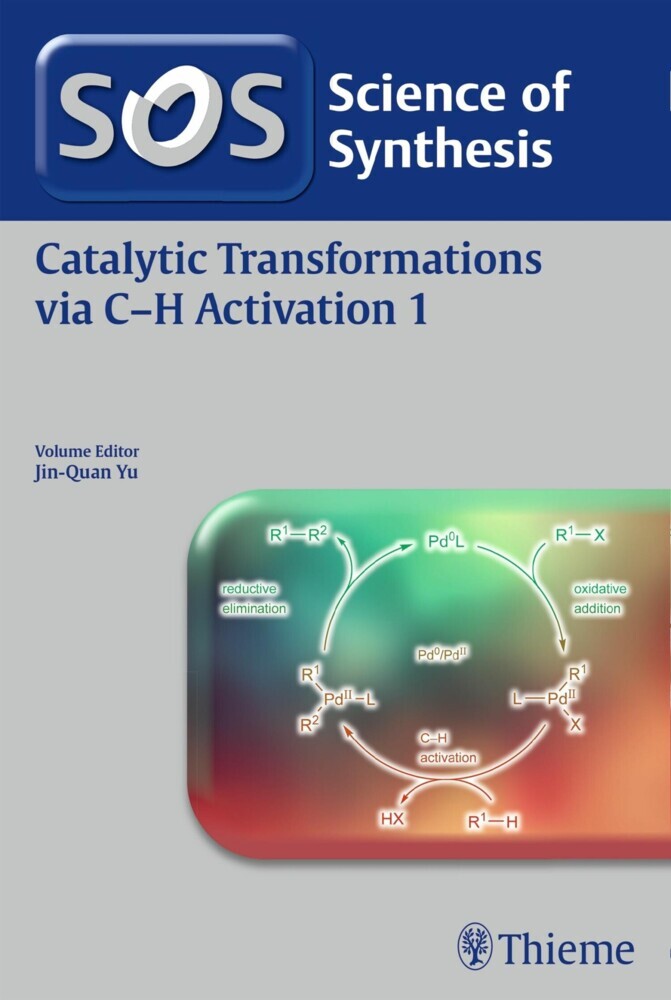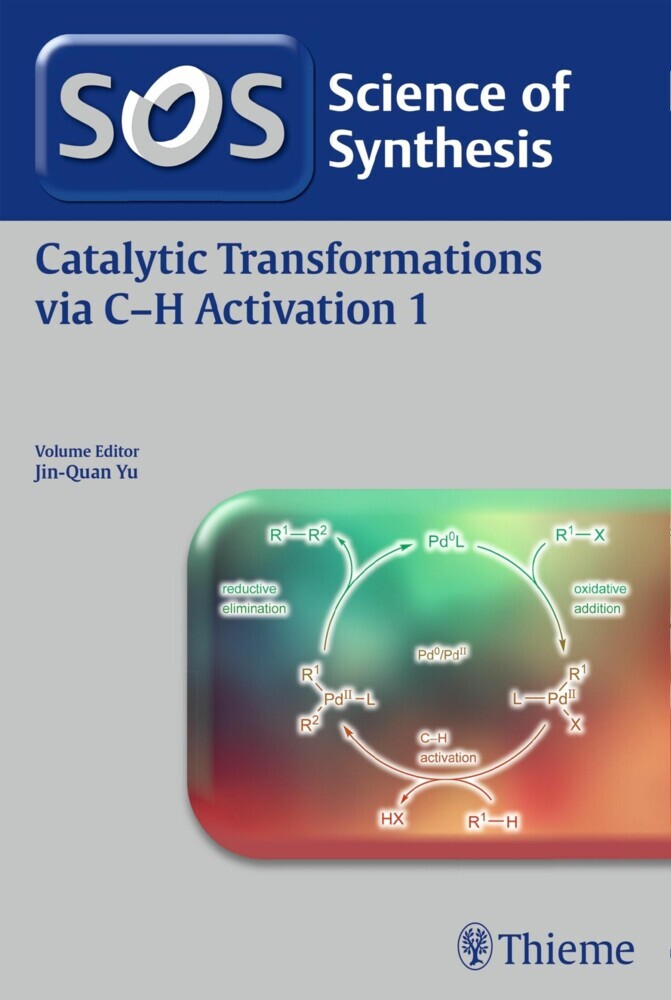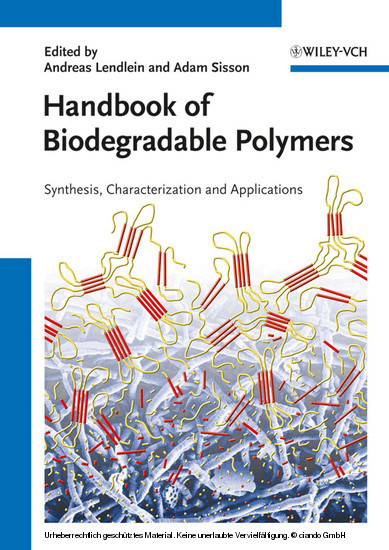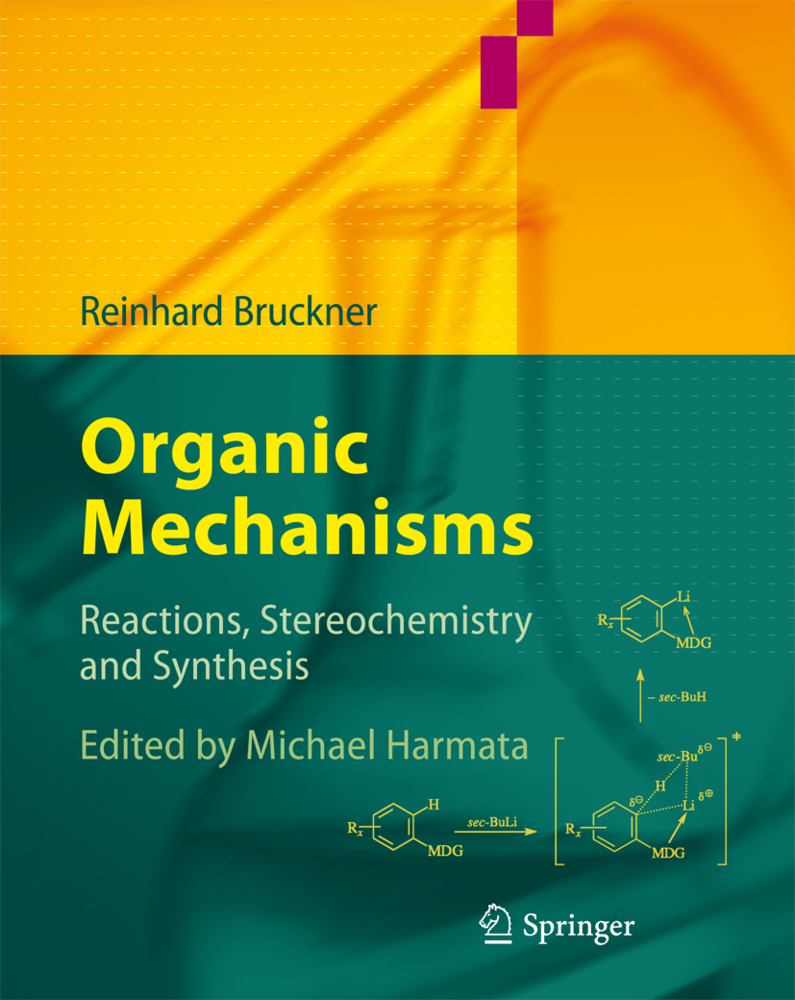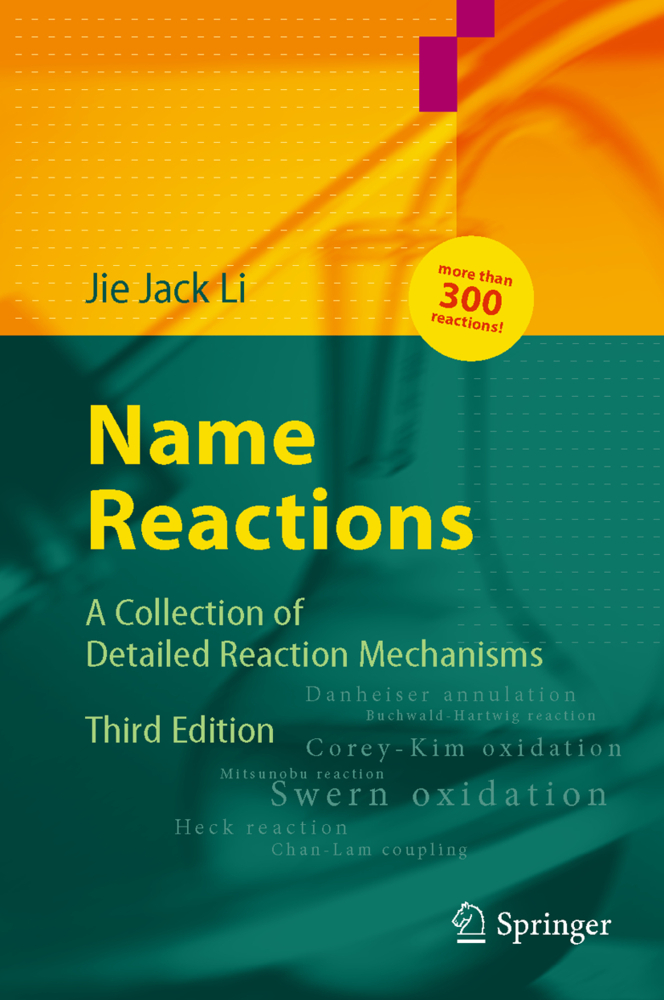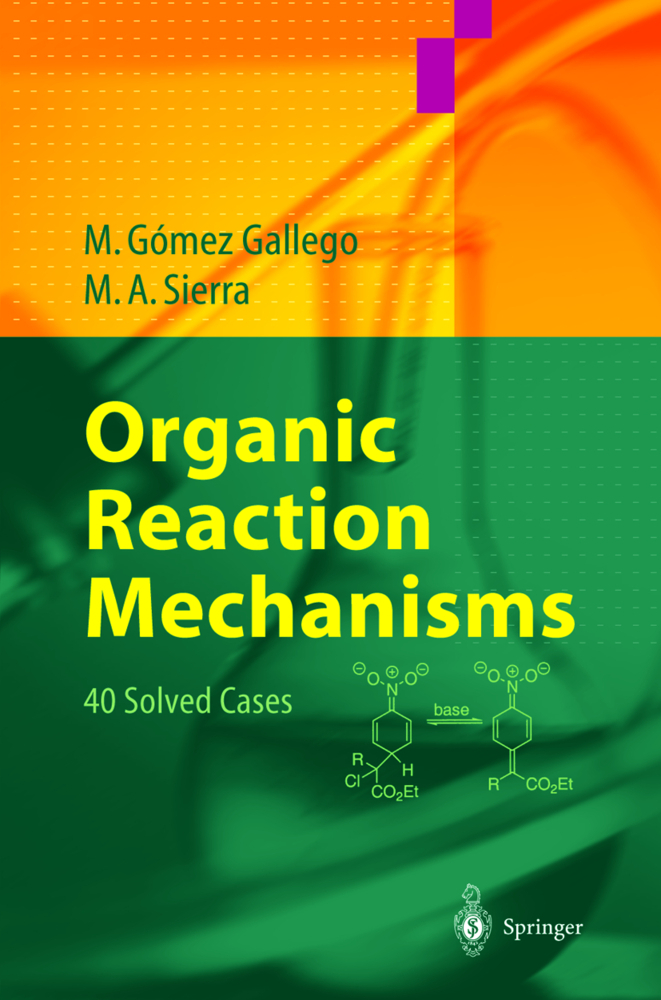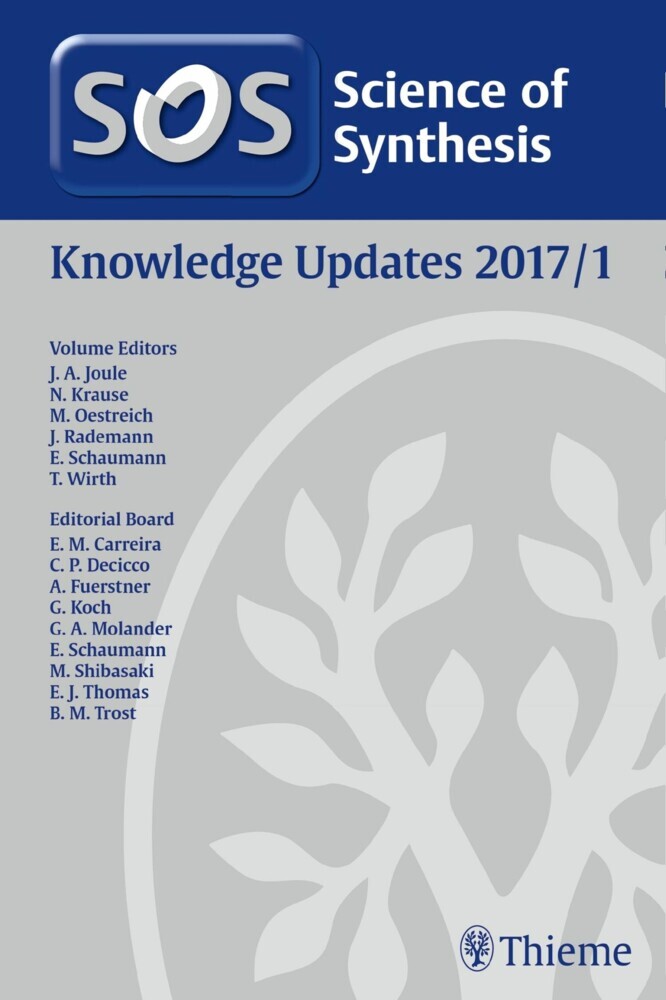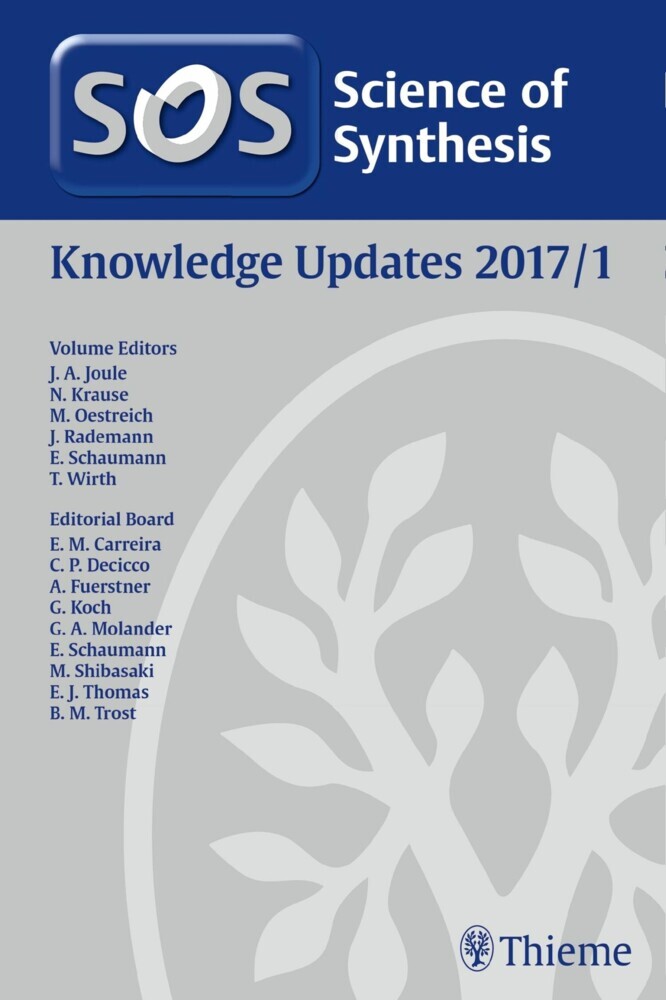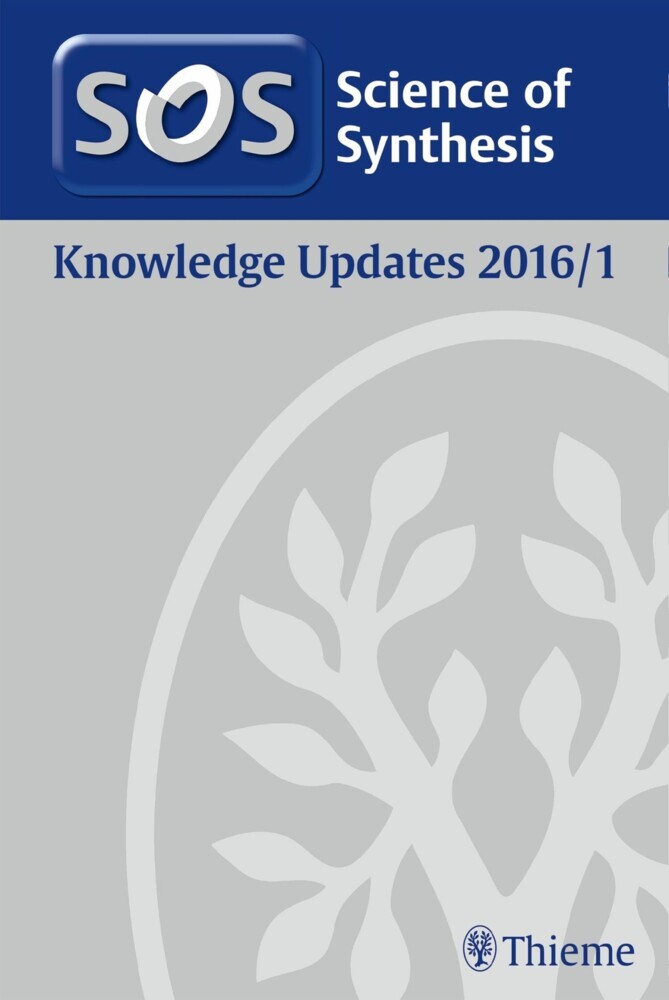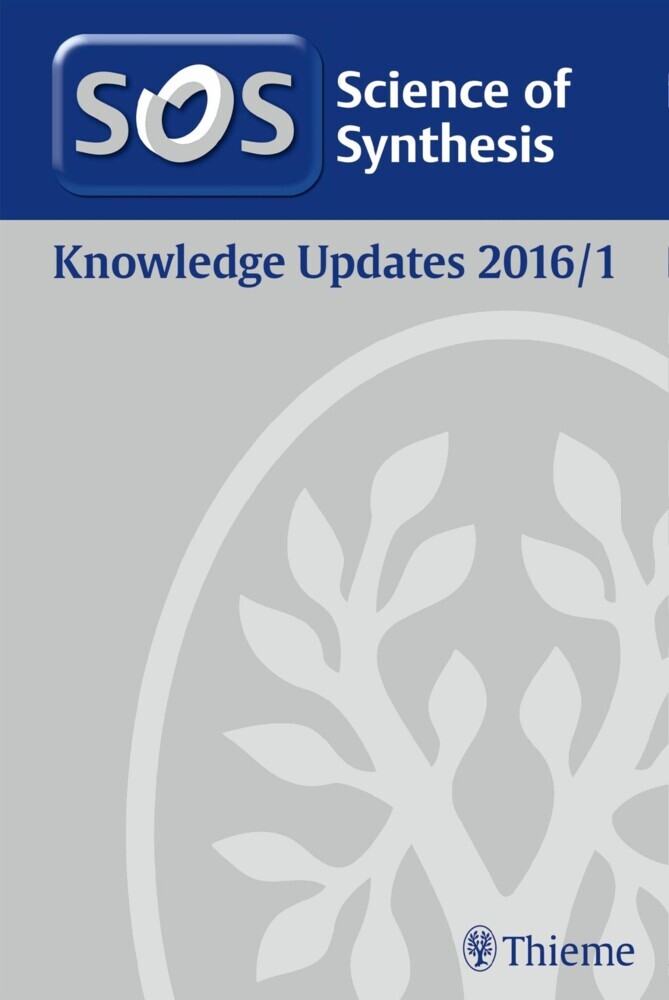Organic Mechanisms
Reactions, Stereochemistry and Synthesis
Organic Mechanisms
Reactions, Stereochemistry and Synthesis
"Much of life can be understood in rational terms if expressed in the language of chemistry. It is an international language, a language without dialects, a language for all time, a language that explains where we came from, what we are, and where the physical world will allow us to go. Chemical Language has great esthetic beauty and links the physical sciences to the b- logical sciences. " from The Two Cultures: Chemistry and Biology by Arthur Kornberg (Nobel Prize in Physiology and Medicine, 1959) Over the past two centuries, chemistry has evolved from a relatively pure disciplinary pursuit to a position of central importance in the physical and life sciences. More generally, it has p- vided the language and methodology that has unified, integrated and, indeed, molecularized the sciences, shaping our understanding of the molecular world and in so doing the direction, development and destiny of scientific research. The "language of chemistry" referred to by my former Stanford colleague is made up of atoms and bonds and their interactions. It is a s- tem of knowledge that allows us to understand structure and events at a molecular level and increasingly to use that understanding to create new knowledge and beneficial change. The words on this page, for example, are detected by the eye in a series of events, now generally understood at the molecular level.
Electrophilic Additions to the C=C Double Bond
?-Eliminations
Substitution Reactions on Aromatic Compounds
Nucleophilic Substitution Reactions at the Carboxyl Carbon
Carboxylic Compounds, Nitriles, and Their Interconversion
Carbonic Acid Derivatives and Heterocumulenes and Their Interconversion
Additions of Heteroatom Nucleophiles to Carbonyl Compounds and Subsequent Reactions-Condensations of Heteroatom Nucleophiles with Carbonyl Compounds
Addition of Hydride Donors and of Organometallic Compounds to Carbonyl Compounds
Conversion of Phosphorus- or Sulfur-Stabilized C Nucleophiles with Carbonyl Compounds: Addition-induced Condensations
The Chemistry of Enols and Enamines
Chemistry of the Alkaline Earth Metal Enolates
Rearrangements
Thermal Cycloadditions
Transition Metal-Mediated Alkenylations, Arylations, and Alkynylations
Oxidations and Reductions.
Radical Substitution Reactions at the Saturated C Atom
Nucleophilic Substitution Reactions at the Saturated C AtomElectrophilic Additions to the C=C Double Bond
?-Eliminations
Substitution Reactions on Aromatic Compounds
Nucleophilic Substitution Reactions at the Carboxyl Carbon
Carboxylic Compounds, Nitriles, and Their Interconversion
Carbonic Acid Derivatives and Heterocumulenes and Their Interconversion
Additions of Heteroatom Nucleophiles to Carbonyl Compounds and Subsequent Reactions-Condensations of Heteroatom Nucleophiles with Carbonyl Compounds
Addition of Hydride Donors and of Organometallic Compounds to Carbonyl Compounds
Conversion of Phosphorus- or Sulfur-Stabilized C Nucleophiles with Carbonyl Compounds: Addition-induced Condensations
The Chemistry of Enols and Enamines
Chemistry of the Alkaline Earth Metal Enolates
Rearrangements
Thermal Cycloadditions
Transition Metal-Mediated Alkenylations, Arylations, and Alkynylations
Oxidations and Reductions.
Bruckner, Reinhard
Harmata, Michael
Wender, Paul
Zettlmeier, Wolfgang
| ISBN | 978-3-642-03650-7 |
|---|---|
| Artikelnummer | 9783642036507 |
| Medientyp | Buch |
| Copyrightjahr | 2010 |
| Verlag | Springer, Berlin |
| Umfang | XXXII, 855 Seiten |
| Abbildungen | XXXII, 855 p. |
| Sprache | Englisch |

